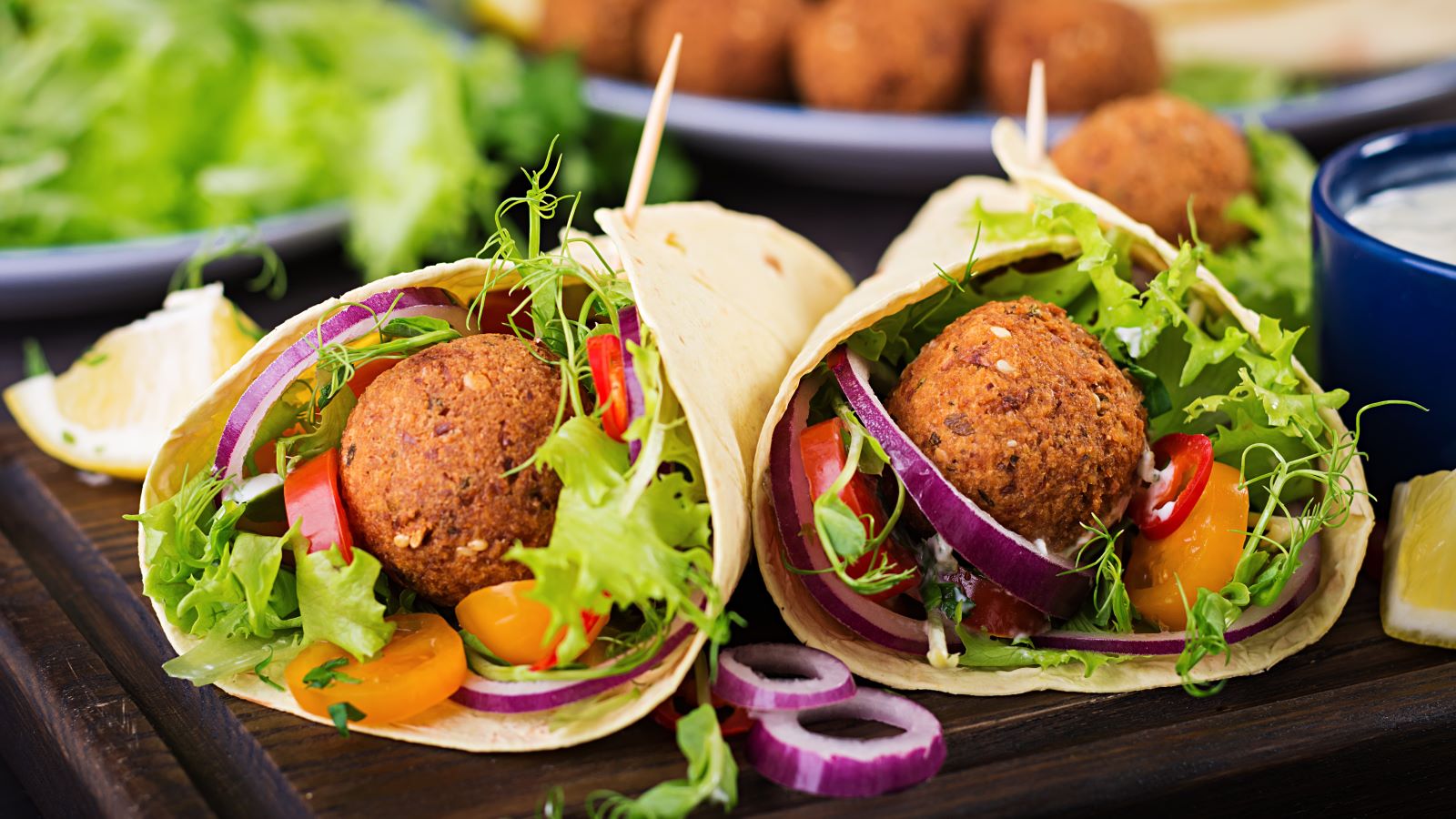<< Back
5 Things to Know Before Going Vegan

January 18, 2024
From nutrition TikTok to five-star restaurants, vegan food seems to be everywhere lately.
So what do you need to know before making the switch? We asked a dietitian.
1. You don’t have to be vegan to enjoy the benefits of a plant-forward diet.
Vegans don’t only give up meat, they avoid all animal-based products. These include meat, fish, eggs and dairy products, and even honey.
Sound intimidating?
“There are plenty of options out there beyond just eating vegan or even vegetarian,” says Melissa Keeney, RDN, clinical nutrition manager at St. Vincent’s Medical Center. “Plant-forward eating patterns are on a spectrum, ranging from no animal product consumption to enjoying some meat.”
> Related: Is Plant-Based Protein as Good as Meat for Building Muscle?
2. Plant-forward diets can benefit your health in a number of ways.
And wherever you fall on that spectrum, there are likely some benefits to cutting back on meat and adding more plant foods to your diet.
These include:
- Lowering risk of such chronic diseases as heart disease, high blood pressure, type 2 diabetes, cancer, depressive symptoms and inflammation.
- Improving sleep.
- Boosting quality of life and lowering all causes of death.
- Improving immune function, gut microbiome and digestive health.
- Protecting the environment.
- Showing compassion toward animals.
3. It’s all about making plant foods the star of the show.
Many meals center around the meat or fish, with sides of starches and vegetables as accompaniment. But not plant-based diets.
“A plant-forward diet emphasizes whole plant foods as the star of meals and snacks. These meals may still include animal products, but the portion will likely be smaller than traditional American plates.”
Plant foods to center the meal around include:
- Lentils
- Black beans, pinto beans, edamame
- Whole grains like quinoa, farro and oats
- Tofu, tempeh, seitan
- Vegetables
- Fruits
- Nuts and seeds
4. Seven ideas for plant-forward meals
The first step, Keeney says, is trying different meat and animal substitutes from burgers to eggs to cheeses and determine what you like. Then, work to add all those those lentils, beans, grains and vegetables to your plate.
“In general, aim to include a carbohydrate, a protein, fat and fiber in most meals,” she says.
A couple of meal ideas include:
- Non-dairy yogurt with fruits and nuts
- Salad loaded with your favorite vegetables, fruits, seeds and nuts
- Veggie wraps with hummus instead of deli sandwiches
- Higher-protein grains like farro, quinoa instead of pasta
- Power bowls loaded with beans or chickpeas, starchy vegetables and leafy greens topped with a dressing like tahini
- Tofu or tempeh, air fried, oven roasted, or pan fried.
- Vegetable soups or chilis with beans and lentils
5. And make sure you’re getting all the right nutrients.
But like any major dietary change, switching to vegan eating can cost your body important nutrients.
Meet with a registered dietitian-nutritionist to learn how to maintain healthy levels of important micronutrients like iron, vitamin B12, calcium, and vitamin D as you explore veganism.